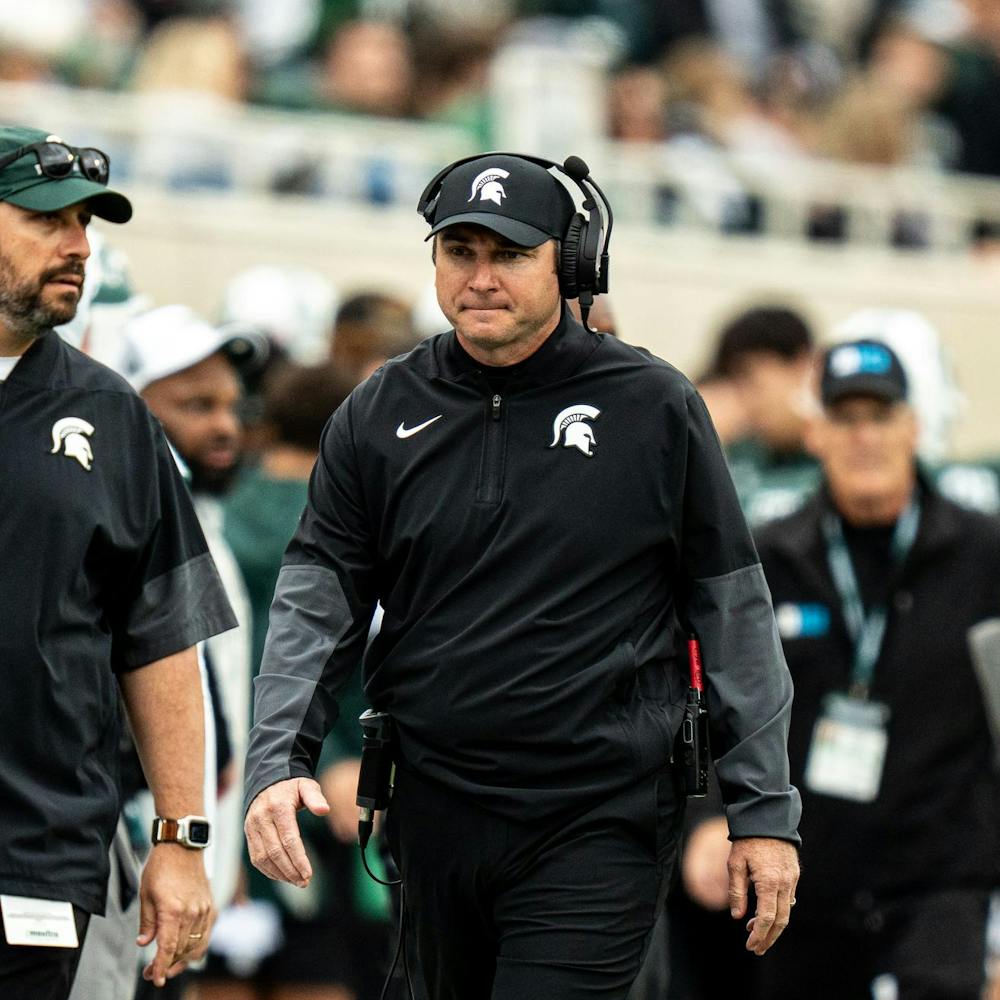For years, the age and experience gap between students and instructors in lower-level English and history courses has been closing.
A report released recently by the Coalition on the Academic Workforce, an association of the leaders of disciplinary societies, only confirms the long-held belief that a large majority of courses are being taught by part-time and nontenure-track faculty.
The report surveyed departments in 10 fields and found that those instructors make up almost half of the teaching staff in many humanities and social science disciplines.
It also showed they received less pay and fewer benefits than their peers.
“Tenure ensures you cannot be dismissed or fired without due process,” said Iris Molotsky, spokeswoman for the American Association of University Professors. “We have been tracking the shift in the kinds of appointments and tenure faculty are a shrinking segment.”
The association is a national organization of 45,000 members that attempts to develop standards and principles for university education.
“One of the reasons this change has come is the administration is very concerned with cutting costs,” Molotsky said. “They can hire part-timers without giving them protection.”
She said students could be getting a lower-quality education because the part-time faculty don’t have offices, and can’t provide enough one-on-one work with students.
But MSU may not have the same problem as other universities, some officials said.
Provost Lou Anna Simon said MSU is below the national average of universities using part-time faculty, noting that a large percentage of MSU’s part-time faculty comes from graduate students in medical school and visiting faculty members.
She said some departments, like the School of Journalism, hire visiting faculty members to bring in a fresh perspective to students.
“The advantage is having students exposed to different perspectives and approaches to education,” Simon said.
Visiting and part-time faculty at MSU are required to learn the University’s Code of Teaching Responsibility. Simon said the instructors are required to watch a video and sign a form to confirm to adhere to it.
“That’s one way of avoiding the problems,” Simon said.
Matt O’Neal, an entomology graduate student, served as a teaching assistant at MSU during spring semester.
He said he needed to work about 10 hours a week.
He received his master’s degree at the University of Illinois where he worked about 25-30 hours a week as a teaching assistant. And he said his experience was positive.
“But it takes up a lot of time,” he said.
“The majority of the students in the entomology department there had to take a TA-ship to make it,” O’Neal said. “But that doesn’t seem to be the case here in this department.”






